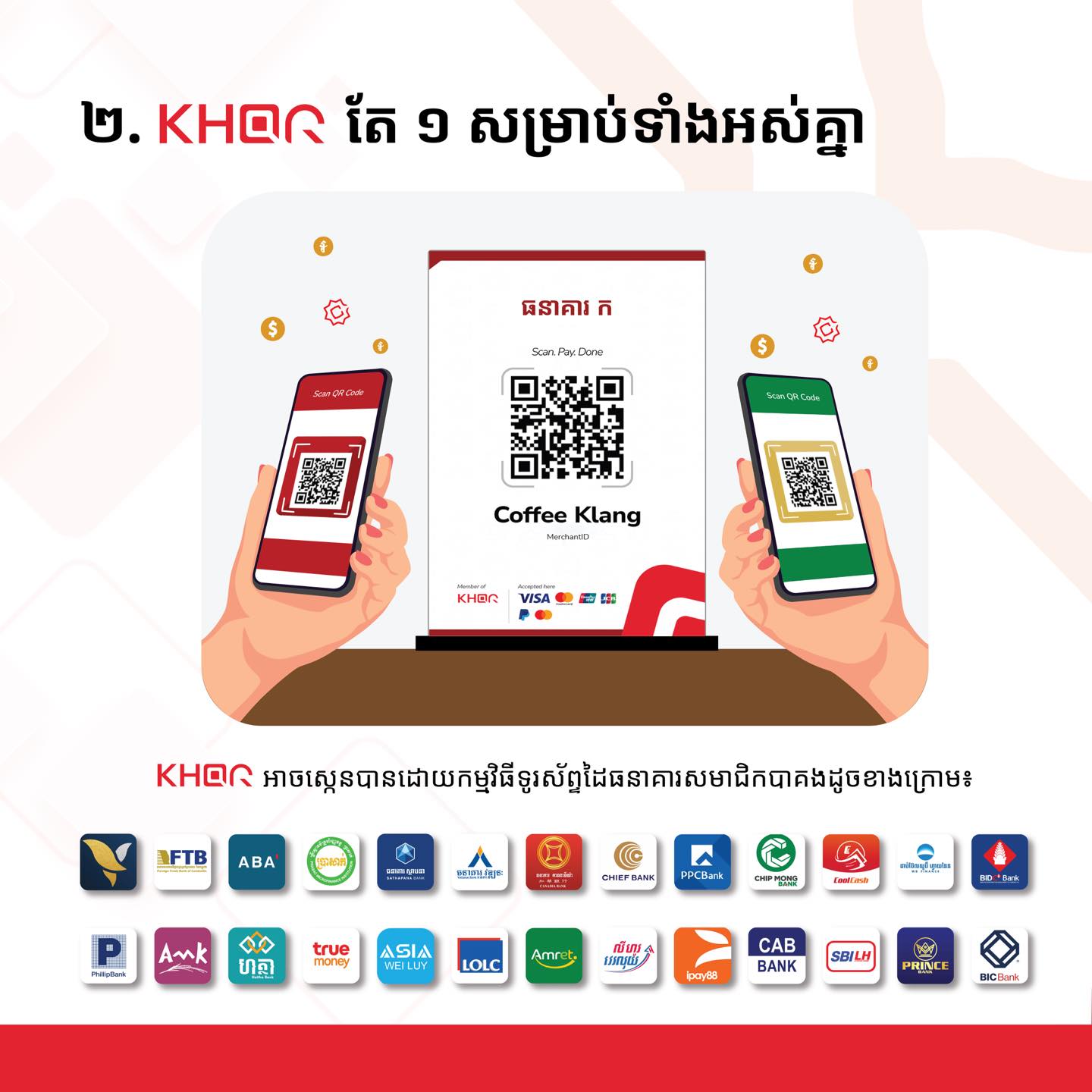So, you’ve landed in Cambodia, ready to gorge on street food, sip Angkor beer, and pretend you know what’s going on. But then you hit a snag—you try to pay for your num pang with your trusty Visa card, and the vendor just laughs (don’t even consider Amex).
Welcome to the world of QR Code payments in Cambodia, where plastic is pointless, and cash is so 2018…..
QR Codes: The New King of Payments in Cambodia
Cambodia, much like a teenager who skipped the awkward Nokia brick-phone phase, has gone straight into mobile payments. Thanks to banking apps like ABA, Acleda, and Wing, locals—and savvy tourists—can pay for everything with a quick QR scan. Forget swiping your Mastercard at a fancy restaurant; even a tuk-tuk driver will hit you with a QR code before you can say “how much?”
The National Bank of Cambodia even launched Bakong, its own blockchain-based payment system, because apparently, Cambodian fintech is ahead of the game while you’re still fumbling with coins.
Click to read about the best banks in Cambodia.

Why You Need QR Code Payments in Cambodia (Unless You Love Pain)
If you’re the kind of traveler who assumes their international credit card will work anywhere, prepare to be humbled. In Cambodia, many places won’t accept Visa or Mastercard—even mid-range hotels and decent restaurants.
Cash is fine, but QR payments are faster, safer, and way less awkward than trying to count out 4,000 riel in sweaty banknotes. Also never ignore the fact that you could get robbed – or more likely pick pocketed.
Click to read about Grab in Cambodia.
Setting Up QR Payments in Cambodia Like a Pro
1. Use a Multi-Currency Digital Wallet
If you planned ahead (unlikely), you might have a digital wallet like Revolut, Wise, or YouTrip. Some of these let you transfer funds to Cambodian bank accounts, so you can pretend to be a local when paying for your next bowl of kuy teav.

2. Open a Local Bank Account (If You’re Sticking Around)
Expats or digital nomads can open an ABA or Acleda account with a passport, visa, and proof of residence. Once set up, you’ll be QR-ing your way through life in no time.
3. Cash In, Then QR It Out
For tourists, some money exchange services and Wing outlets let you deposit cash and use Bakong for QR payments. It’s like recharging your phone, but instead, you’re funding your caffeine addiction at Brown Coffee.
Where Can You Pay with QR Code in Cambodia? (Spoiler: Everywhere)
- Street Food Stalls – Whether it’s banh mi, num pang, or a mystery meat skewer, the vendor likely has a QR code taped to their cart.
- Tuk-Tuks & Ride-Sharing – No cash? No problem. PassApp and Grab love QR codes, so you can avoid the “I don’t have change” excuse.
- Restaurants & Cafés – Mid-range to high-end spots are almost entirely QR-payment-only. No QR? No soup for you.
- Supermarkets & Convenience Stores – Aeon, Lucky Supermarket, and Mini Mart all take QR payments, so you can grab snacks without fumbling with tiny riel notes.
- Hotels & Hostels – Some smaller guesthouses refuse cards but will happily take QR payments. If they only take cash, they probably also have a pet monkey.

The Future of QR Payments in Cambodia: Resistance is Futile
QR payments are only going to get bigger, faster, and more essential. Cambodia is working to integrate international banking systems with Bakong, meaning future tourists might finally avoid the “card declined” horror.
Final Tip: Carry Some Cash—Just in Case
While QR codes are taking over, always carry some riel or USD for when you inevitably end up in a cash-only noodle shack or rural village where “technology” means a flip phone from 2005.
Now go forth, scan some QR codes, and walk like a Khmer….

